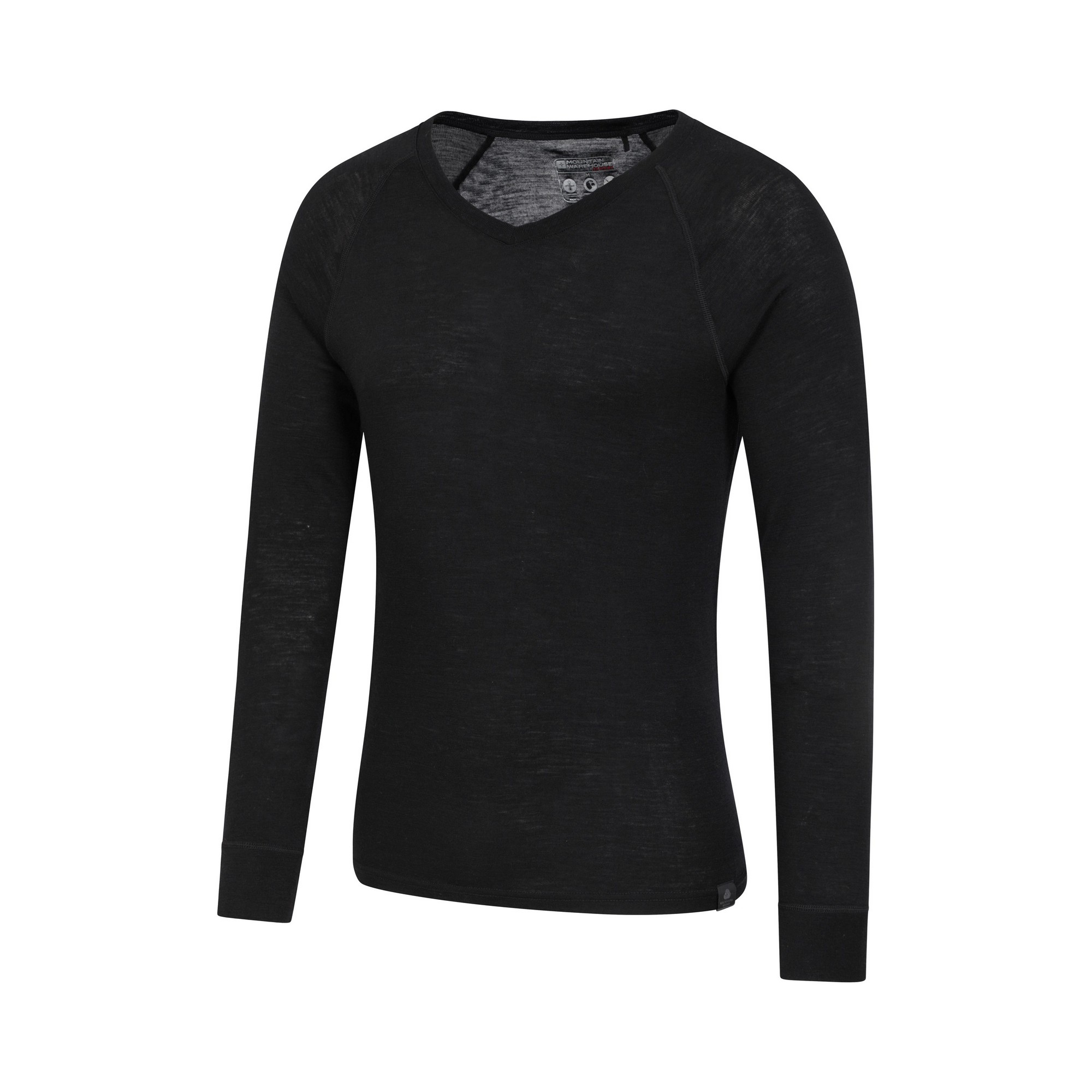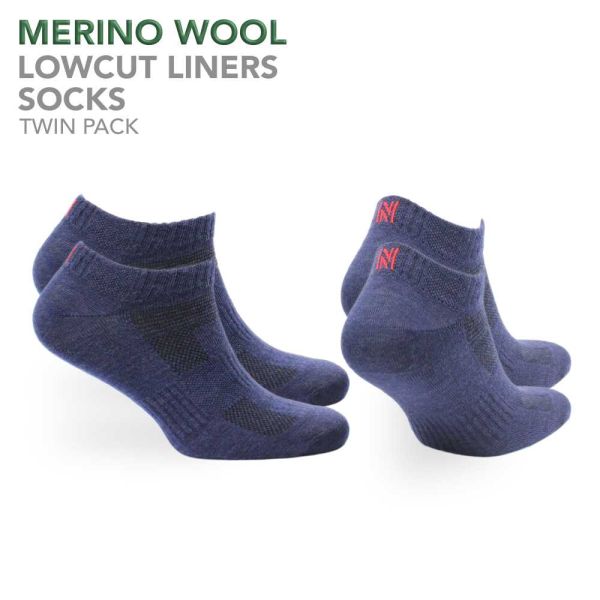Free Tips On Choosing Bamboo Clothing
Wiki Article
What Makes Yak Merino Wool Base Layers So Effective For Winter Sports Clothing In Terms Of Temperature/Warmth Regulation? Moisture Management. Comfort. Durability.
The base layer of yak merino is ideal for winter sports clothing because it blends elements that increase warmth, temperature control as well as moisture management. It also provides comfort.
Insulating Properties Merino and Yak wool are naturally insulating characteristics. The hollow fibers in yak's wool are able to trap air and give great warmth. Merino wool is known for its insulation.
regulates body temperature. The fabric is able to regulate body temperatures by keeping warmth from cold temperatures but allowing airflow during vigorous activities.
Moisture Management-
Merino is a moisture-wicking yarn. The characteristics of Merino draw out moisture and disperse it, which helps prevent sweat accumulation. Yak wool is also able to transport moisture and keeps the wearer hydrated during physical activity.
Comfort-
Softness: Merino wool is soft fine fibers. They are gentle and don't cause irritation to skin. The addition of yak-wool fibers which are soft can also improve comfort.
Odor Resistance- Both types of wool have natural antimicrobial properties, reducing the growth of bacteria that cause odor and ensuring that the clothing remains fresh.
Durability-
Strength and Resilience - Yak is a durable fiber. However, when it's combined with merino, it gets stronger and more durable to wear. This makes it suitable for demanding activities.
Natural Fiber Benefits-
Yak, merino, as well as other fibers that are renewable are environmentally friendly.
Variability - The inherent wools' properties permit them to be used in a variety of weather conditions, maintaining their efficacy in wet and dry conditions.
Combining the best qualities of yak and merino wool creates an extremely warm fabric and tensile strength. Also, it regulates temperature, controls moisture, ensures the wearer's comfort and is long-lasting. Yak merino-based base layers are therefore ideal for winter sportswear since they meet the requirements of winter sports and cold conditions. They are also able to keep wearers dry and comfortable. Have a look at the recommended merino wool base layers for website tips including smartwool men's classic thermal merino base layer crew, sweaty betty ski base layer, smartwool long johns, smartwool base layer womens, smartwool quarter zip, patagonia merino wool base layer, merino 250 base layer, merino base layer mens, smartwool merino 250, smartwool merino 250 and more.

What Are The Advantages Of Wearing Bamboo Clothes In Terms Of Softness As Well As Antibacterial Properties, Renewability And Durability?
Bamboo clothing has many advantages in terms of durability and softness.
Bamboo fabric is known for its soft texture and luxurious feeling. It's often compared with silk, or other luxury materials like cashmere. It feels gentle and smooth against your skin, providing a comfortable and pleasant wearing experience.
Antibacterial Properties
Bamboo is known to have antimicrobial properties that are natural. The ingredient is known as "bamboo Kun." This ingredient prevents the growth and spread of bacteria that may cause odors, fungi and even odors.
Durability-
The strength of bamboo fibres although soft, can be strong and durable. Clothing made from bamboo can be worn for a long time without loosing its quality.
Renewability-
Rapid Growth- Bamboo grows extremely quickly, and without the use of pesticides. It is harvested in a few short years and has a low environmental impact.
Sustainability-
Bamboo is an environmentally friendly product. It's natural material with less impact on the environment. Bamboo's rapid expansion as well as its water-saving qualities and the ability to adapt to a variety of climates are all factors that contribute to the sustainability of the material.
Biodegradability-
Natural Breakdown- Bamboo clothing is biodegradable, which means it can decompose naturally at the end of its life. This decreases the quantity of non-biodegradable waste in landfills and aids in reducing environmental pollution.
Hypoallergenic Qualities-
Less Irritation Bamboo fabric is less likely to cause skin irritations or allergic reactions compared to some synthetic materials, which makes it an ideal option for those with sensitive skin.
Bamboo clothing comes with many attractive qualities, including softness, antibacterial properties, durability renewalability, sustainability and comfort. These attributes create a positive feeling in wearing the clothes and are in keeping with ecological principles. Have a look at the recommended bamboo clothings for blog advice including bamboo cay shirts, bamboo trousers mens, organic bamboo pajamas, angel dear bamboo pajamas, bamboo top, mens bamboo boxer shorts, bamboo shorts, ladies bamboo pants, women's freefly apparel, bamboo clothing for women and more.

How Do Merino Layers And Bamboo Clothing Differ From Eachother And Regular Wool?
Merino wool layers, bamboo clothes and regular wool have distinct features that distinguish them from other wools. Merino Wool
Merino's soft fibers are comfortable against your skin. It's less likely than wool that is more traditional to cause irritation and itching.
Merino wool is moisturizing. Merino wool wicks moisture away from the skin, allowing it evaporate, keeping the wearer dry and comfortable.
Merino Wool is an excellent insulation that can provide warmth even in wet conditions. It regulates your body temperature by providing insulation in cold temperatures as well as breathability when exercising.
Odor Resistant - It stops the expansion and growth of bacteria that cause odors, so garments stay fresher for a longer time.
Bamboo Clothing
Softness- Bamboo clothing's silky appearance is often compared to silk or cashmere. It's a soft fabric that gives you a pleasant experience.
Moisture-Wicking- Bamboo fabric is a moisture-wicking material that can draw moisture away from the skin, ensuring that the wearer stays dry during physical activity.
Temperature Regulation- Bamboo clothing has natural temperature-regulating abilities, offering warmth in winter and breathability to prevent overheating.
Sustainable Bamboo- Bamboo is an extremely renewable resource that grows rapidly without the use of pesticides. Biodegradable bamboo has a small environmental impact.
Wool Regular
Texture- Traditional wool may vary in texture with some types being coarser and more prone to causing itching or discomfort.
Warmth - Regular wool provides great insulation and warmth, but it can also appear heavy or bulky.
Wool absorbs moisture and is therefore less effective in wicking moisture than merino or bamboo fabrics. It retains the heat, even if it's damp.
Merino wool is supple and is extremely moisture-wicking it is odor-resistant and offers insulation. Bamboo clothing is soft, has moisture-wicking capabilities, regulates temperature, and is environmentally friendly. Regular wool is different in texture but may not have as much softness or moisture wicking capabilities as merino or bamboo clothing, but can provide warmth and insulation. Each type of material has its own advantages, catering to various preferences and requirements for winter clothing. Have a look at the recommended recommended you read on merino winter clothing for blog tips including sweaty betty base layers, smartwool 150 base layer, smartwool 150 base layer, smartwool base layer, merino wool layers, merino undershirt, smartwool long sleeve, merino wool long underwear mens, merino wool leggings mens, wool base layer mens and more.
